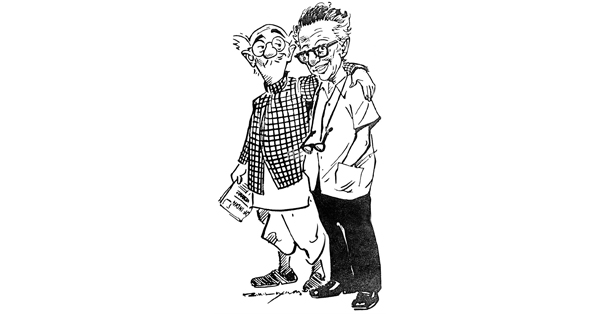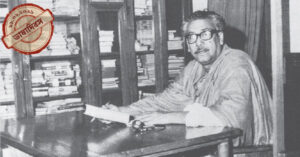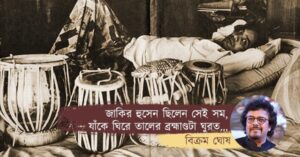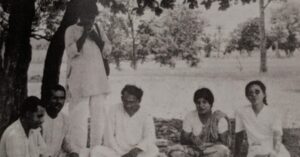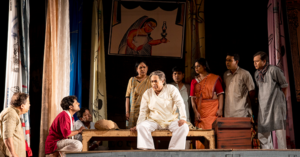Remembering R.K. Laxman on his birth centenary
The word ‘cartoon’, for the layman in India, is synonymous with R.K. Laxman. What was the quality that made his cartoons so relatable? Why do they seem relevant even today?
He was a natural and he began work in the country’s biggest city which was waiting for its cartoonist. Cartoon historians say that the art practice typically flourishes in urban hubs of steady migration.
Mumbai had an English reading public which was an endless mix of migrants from all over the country and more.. Laxman got a readership that was the best national sample right in the city he lived and worked.
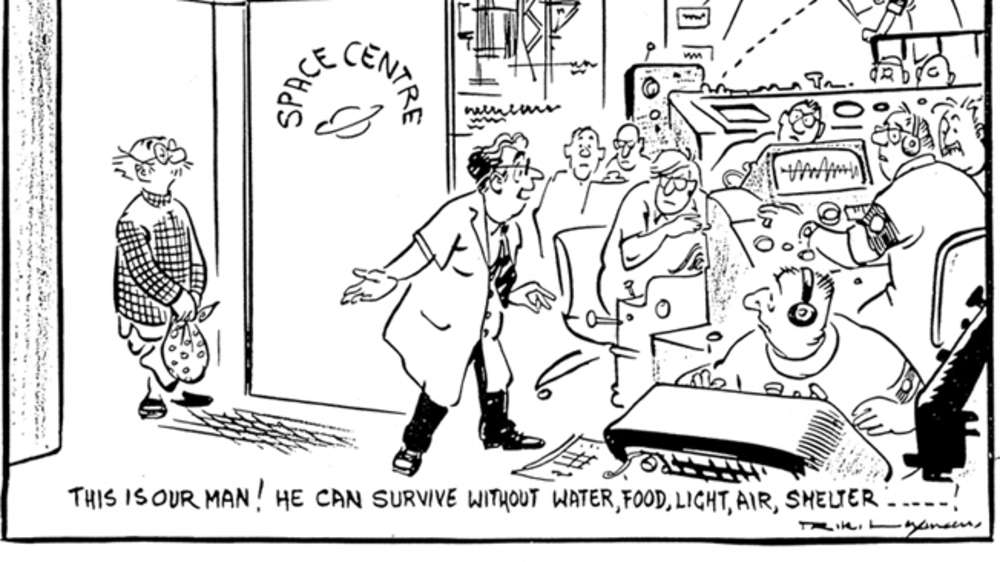
Laxman shares his birth year with Kutty. Having known them and their work, do give us a sense of what make each ones work so distinct.
Enough to write a book on. Simply put, Kutty represents the best of New Delhi, the political capital. Laxman catered to a readership that gradually distanced itself from the national capital. His big display cartoons do deal with known political figures but not like Kutty, an insider. Laxman’s was a measured, detached view.
This centenary year is quite a good time to re-evaluate the golden years of post-Independence India with a lot of cartoonists working in newspapers and publications across the country. Who were the standout ones for you? And if you analyse their works, who were their gurus from the international world of cartoons?
I see Indian cartooning as an unchartered flow of unpredictable
distinction. We have had generations of robust cartooning. Each generation inspired the next. That is how without any formal training and institutional support, the work practice survived here.
Again, It would be unfair to pick a few; that would leave out equally significant ones. Also don’t forget our language traditions of cartooning – Marathi, Tamil, Telugu, Malayalam..
However, one guru common to the Shankar, Laxman generation was David Low, the star of World War 2 Fleet Street known for his early targeting of Adolf Hitler. Closer to our times in 1970s, we started looking up to American cartoonists – Herblock, Oliphant, Jules Feiffer…
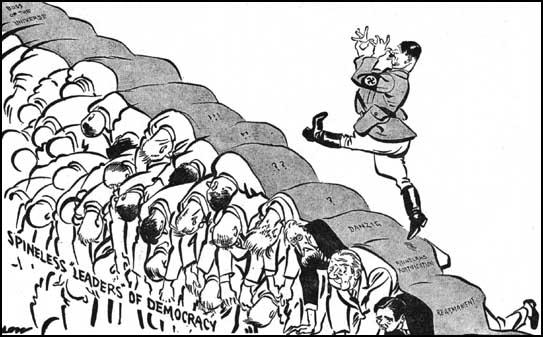
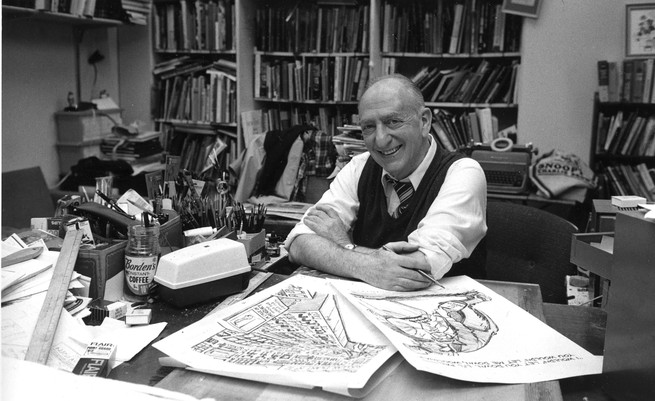
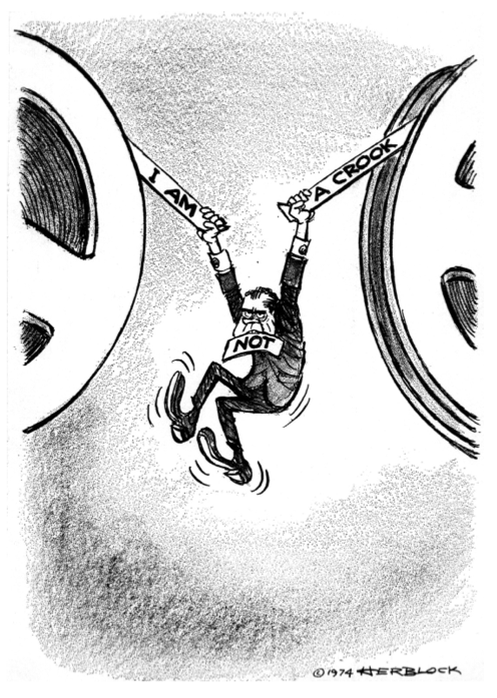
R.K. Narayan and R.K. Laxman: How did his brother’s work and universe influence his art? What do you think were the points of convergence and divergence between Narayan’s prose and Laxman’s images?
The common link was certainly the old Mysore. When Laxman illustrated brother’s stories, there is evident ease in detailing the setting. Laxman as always took liberties with the depiction and that perhaps suited Narayan’s imagined Malgudi
Beyond this, I don’t have the academic heft to compare images and words.
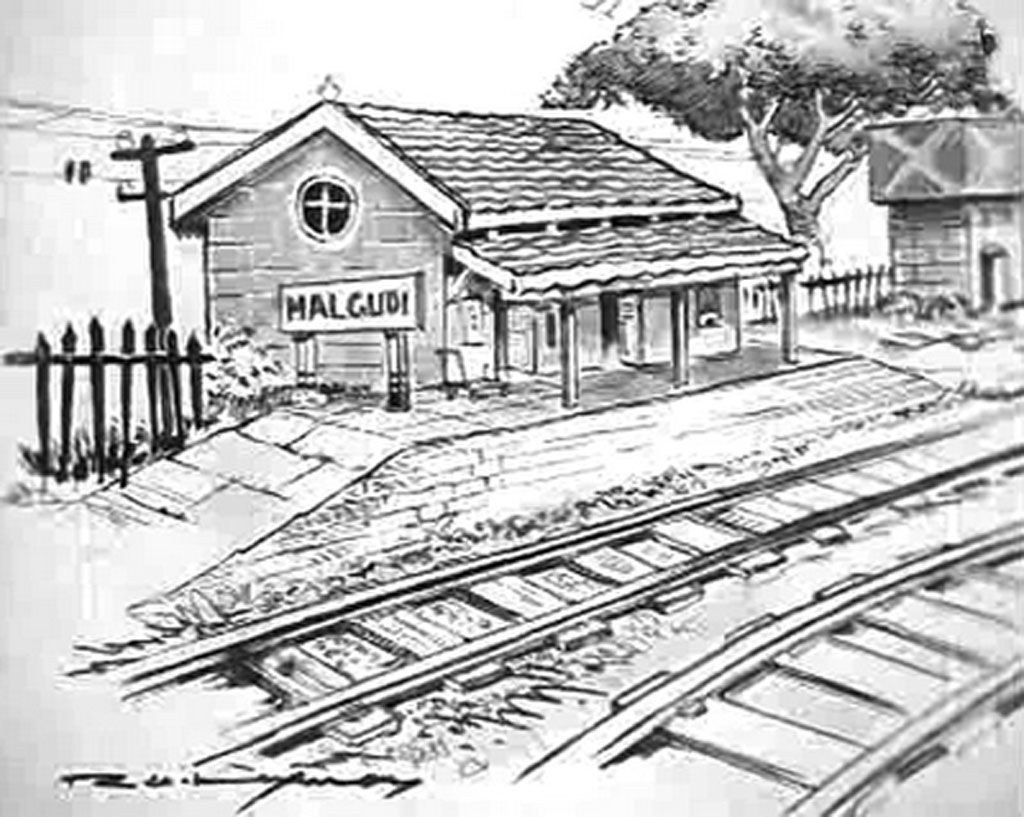
Have times changed for cartoonists? Has humour and self-deprecation gone out of public and political discourse? Nehru had lauded Kutty for his cartoons – is that possible today?
If anything, people have become even more unsparing. Readers won’t take any anodyne stuff.
Someone like Nehru is singular. In any case, a friendly ruler can be a good beginning in a young democracy, no more. He could be a menace if he bends over your drawing board.
Democracy and cartooning have to both grow up. There must be Constitutional guarantee for cartooning in a mature democracy or strong conventions. We have gave neither. Lately some strong court rulings have upheld fine arts and cartooning. Waiting for more…
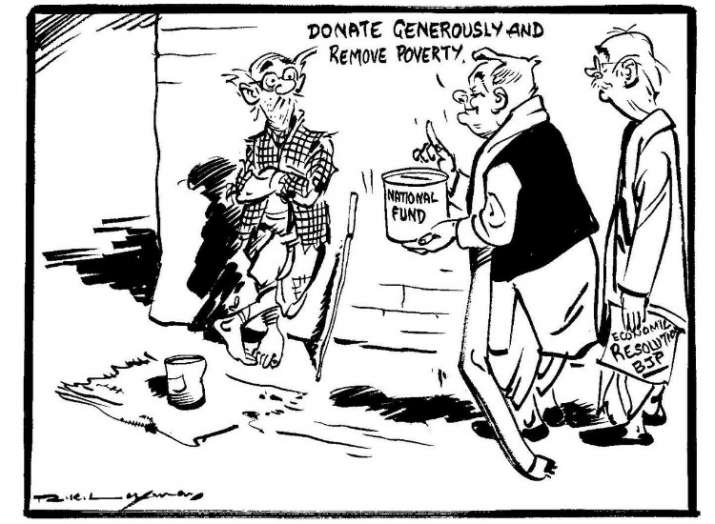

Laxman the man: You must have met Laxman on a few occasions. How was he as a person?
A delightful conversationist with a wicked sense of humour. Between, he would slip in tips on art work, as only a true master can.
Finally, as the preeminent cartoonist of your generation, what is the one legacy of Laxman’s that you would like to see carried forward? And if he were alive and active today, how would he see our current world?
More than angry outbursts, an unwavering distrust of all authority and undiminished empathy for the citizen.
Were he active today, he would still be at work. He would displease authorities and offend reader groups more than ever before. Some current politicos who find posthumous merit in him would be baying for his blood.
